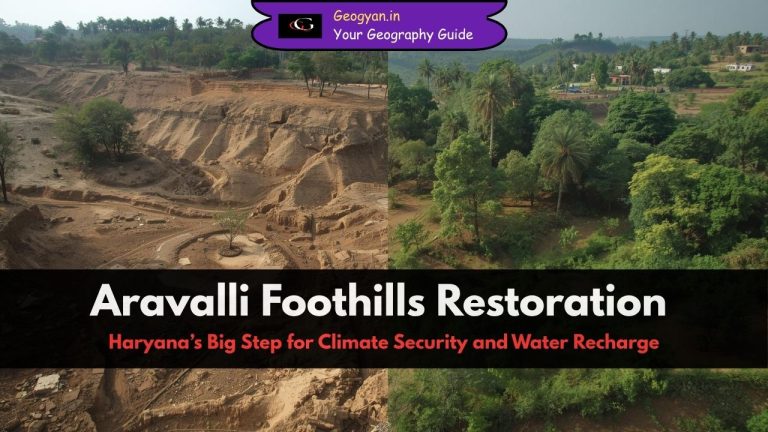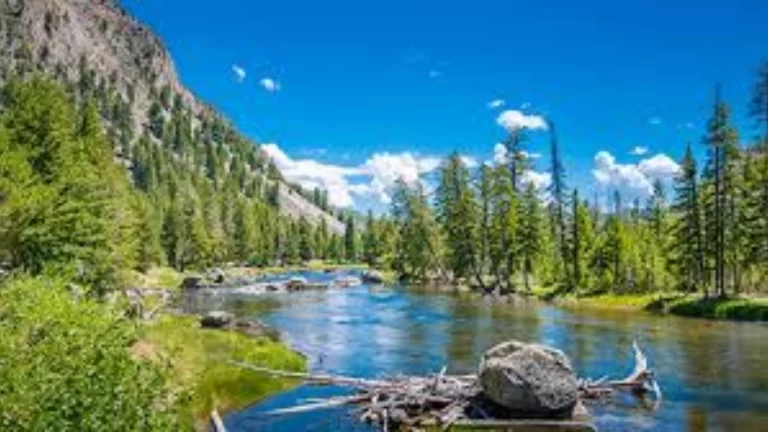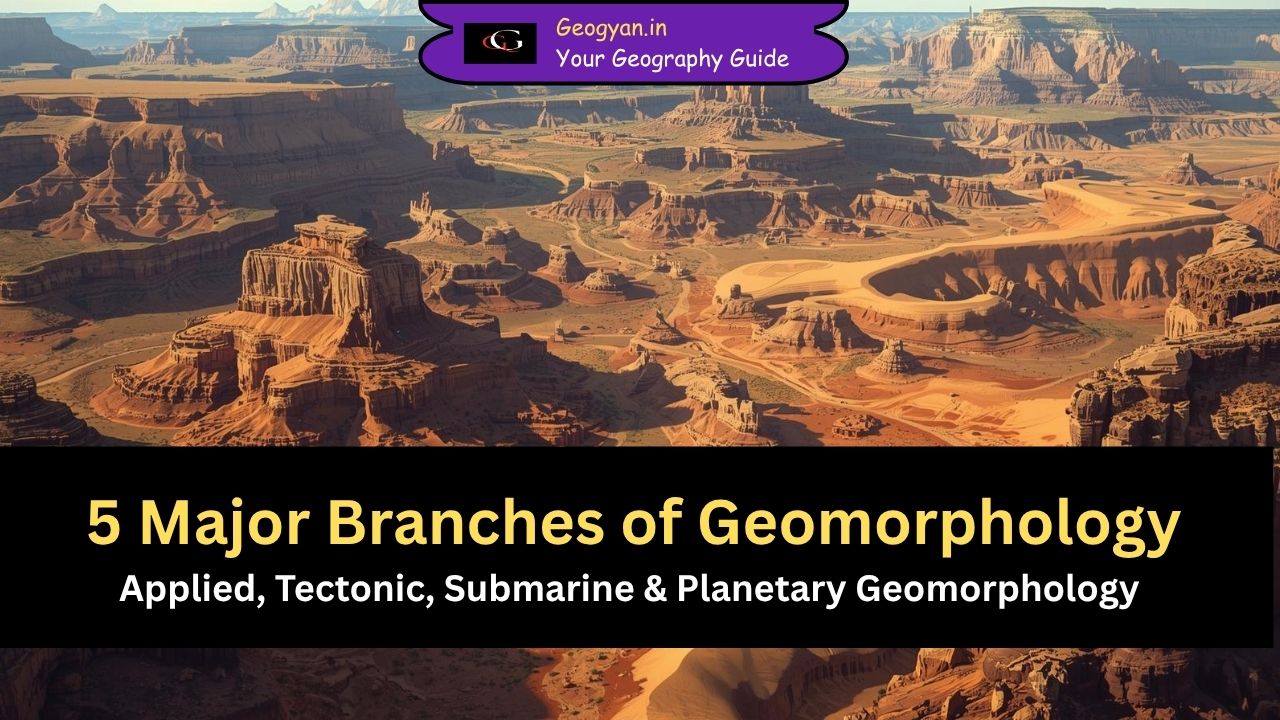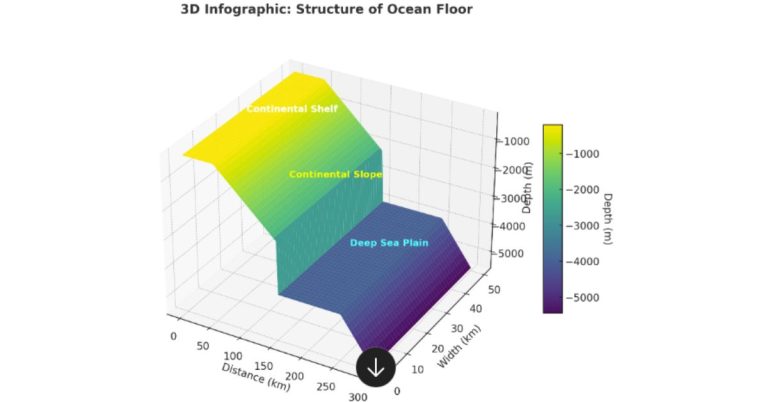Estimated reading time: 8 minutes
Table of contents
- In Which Country is the Amazon River?
- What are 5 Facts About the Amazon River?
- How Deep is the Amazon River?
- Is the Amazon Longer Than the Nile?
- How Old is the Amazon River?
- Who Named the Amazon River?
- Why is the Amazon River So Special?
- Why is There No Bridge on the Amazon River?
- How Many Countries Cross the Amazon River?
- Where is the Source of the Amazon?
- Why is There No Delta in the Amazon River?
- Test Your Knowledge with MCQs
- You Might Also Like
In Which Country is the Amazon River?
The Amazon River primarily flows through Brazil, which hosts about 60% of its length. However, it also traverses Peru, Colombia, and touches Venezuela, Ecuador, and Bolivia. The river’s journey begins in the Andes Mountains of Peru and winds its way eastward across the continent, finally emptying into the Atlantic Ocean on the northeastern coast of Brazil. This extensive reach makes the Amazon River a crucial waterway for multiple South American countries, supporting diverse ecosystems and human populations along its banks.

What are 5 Facts About the Amazon River?
- Largest River by Volume: The Amazon River discharges an astonishing 209,000 cubic meters per second into the Atlantic Ocean. This immense volume is more than the next seven largest rivers combined, highlighting its significance in the global water cycle.
- Home to Unique Wildlife: The Amazon River basin is a biodiversity hotspot, home to species like the Amazon River Dolphin (Inia geoffrensis), the piranha, and the arapaima. These species are adapted to the river’s unique environment, contributing to its ecological richness.
- Flow Direction Change: Geological studies reveal that the Amazon River once flowed westward towards the Pacific Ocean. The rise of the Andes Mountains around 10 million years ago reversed its course, redirecting it eastward towards the Atlantic.
- No Bridges: Despite its length of over 4,000 miles, the Amazon River has no bridges. This is due to the river’s vast width, seasonal flooding, and the dense rainforest that surrounds it, making bridge construction impractical and costly.
- Massive Basin: The Amazon Basin covers approximately 7 million square kilometers, making it the largest drainage basin in the world. This basin supports the Amazon Rainforest, which produces about 20% of the world’s oxygen.
How Deep is the Amazon River?
The depth of the Amazon River varies significantly along its course. In some areas, it is relatively shallow, with depths of around 20 to 50 meters. However, in other sections, particularly near its mouth, the river can reach depths of up to 100 meters. This variation in depth is influenced by factors such as sediment deposition, riverbed topography, and seasonal changes in water flow. The river’s depth plays a crucial role in its navigability, allowing large vessels to travel deep into the continent.
Is the Amazon Longer Than the Nile?
The Amazon River is approximately 4,000 miles (6,400 kilometers) long, making it the second-longest river in the world. The Nile River, which flows through northeastern Africa, holds the title of the longest river, stretching about 4,132 miles (6,650 kilometers). However, there is ongoing debate among scientists about the exact lengths of these rivers, with some studies suggesting that the Amazon might be slightly longer when considering its tributaries and overall watercourse.
How Old is the Amazon River?
The Amazon River is estimated to be around 11 million years old. Its current form, flowing eastward into the Atlantic Ocean, has been established for about 2.4 million years. The river’s age is determined through geological and sedimentary studies, which reveal the historical shifts in its course and the formation of its basin. This ancient river has witnessed significant geological and climatic changes, shaping the diverse ecosystems that thrive in its basin today.
Who Named the Amazon River?
The Amazon River was named by Spanish explorer Francisco de Orellana in the 16th century. During his expedition, Orellana encountered fierce female warriors who reminded him of the Amazons from Greek mythology. These warriors were part of the indigenous tribes living along the river, and their bravery and combat skills left a lasting impression on Orellana, leading him to name the river “Amazon”.

Why is the Amazon River So Special?
The Amazon River is special for several reasons:
- Biodiversity: The river and its basin are home to an incredibly diverse array of flora and fauna. It supports over 3,000 species of fish, numerous bird species, and mammals like jaguars and capybaras. This biodiversity is crucial for maintaining ecological balance and supporting the livelihoods of indigenous communities.
- Cultural Significance: For centuries, the Amazon River has been a lifeline for indigenous peoples, providing food, water, and transportation. These communities have developed unique cultures and traditions that are deeply intertwined with the river and its resources.
- Environmental Impact: The Amazon River plays a vital role in the global water cycle and climate regulation. It influences weather patterns, helps in carbon sequestration, and supports the Amazon Rainforest, often referred to as the “lungs of the Earth”.
Why is There No Bridge on the Amazon River?
There are no bridges on the Amazon River primarily due to its vast width, which can exceed several kilometers in some places, and the dense, challenging terrain of the surrounding rainforest. Additionally, the river’s seasonal flooding, which can cause water levels to rise dramatically, makes bridge construction and maintenance extremely difficult and costly. The lack of infrastructure in the remote areas through which the river flows also contributes to the absence of bridges.
How Many Countries Cross the Amazon River?
The Amazon River flows through six countries: Brazil, Peru, Colombia, Venezuela, Ecuador, and Bolivia. However, the majority of its length, about 60%, is within Brazil. This extensive reach across multiple countries highlights the river’s importance as a transnational waterway, supporting diverse ecosystems and human populations along its course.
Where is the Source of the Amazon?
The source of the Amazon River is in the Andes Mountains of Peru. It begins as the Apurímac River, which flows into the Ucayali River, eventually becoming the Amazon River. The exact source has been a topic of debate, but recent studies have identified the Mantaro River in Peru as the most distant source of the Amazon. This high-altitude origin contributes to the river’s powerful flow as it descends towards the Atlantic Ocean.
Why is There No Delta in the Amazon River?
Unlike many other major rivers, the Amazon River does not form a delta. This is because the river’s powerful flow carries sediment far out into the Atlantic Ocean, preventing the buildup of a delta. The river’s mouth is characterized by a broad estuary, where the freshwater mixes with the ocean’s saltwater, creating a unique and dynamic environment. The lack of a delta is also influenced by the river’s high sediment load and the strong tidal forces in the Atlantic.
Test Your Knowledge with MCQs
Here are 15 multiple-choice questions (MCQs) about the Amazon River, with the answers provided at the end.
1. In which country does the majority of the Amazon River flow?
a) Peru
b) Colombia
c) Brazil
d) Venezuela
2. What percentage of the world’s total riverine discharge does the Amazon River contribute?
a) 10%
b) 15%
c) 20%
d) 25%
3. Which unique species is found in the Amazon River?
a) Nile Crocodile
b) Amazon River Dolphin
c) Great White Shark
d) Bengal Tiger
4. How many countries does the Amazon River flow through?
a) 3
b) 4
c) 5
d) 6
5. What is the estimated age of the Amazon River in its current form?
a) 1 million years
b) 2.4 million years
c) 5 million years
d) 10 million years
6. Who named the Amazon River?
a) Christopher Columbus
b) Francisco de Orellana
c) Hernán Cortés
d) Ferdinand Magellan
7. Why are there no bridges over the Amazon River?
a) Lack of technology
b) Dense rainforest and seasonal flooding
c) Political reasons
d) Shallow depth
8. What is the average depth range of the Amazon River?
a) 10-20 meters
b) 20-50 meters
c) 50-70 meters
d) 70-100 meters
9. Which mountain range is the source of the Amazon River?
a) Rockies
b) Himalayas
c) Andes
d) Alps
10. How long is the Amazon River approximately?
a) 3,000 miles
b) 4,000 miles
c) 5,000 miles
d) 6,000 miles
11. What is one reason the Amazon River does not form a delta?
a) Low sediment load
b) Strong tidal forces
c) Narrow river mouth
d) High evaporation rate
12. What is the largest drainage basin in the world?
a) Nile Basin
b) Mississippi Basin
c) Amazon Basin
d) Congo Basin
13. Which explorer encountered fierce female warriors along the Amazon River?
a) Marco Polo
b) Vasco da Gama
c) Francisco de Orellana
d) James Cook
14. How does the Amazon River influence the global climate?
a) By producing oxygen
b) By absorbing carbon dioxide
c) By regulating weather patterns
d) All of the above
15. What is the primary reason for the Amazon River’s significant biodiversity?
a) Its length
b) Its depth
c) Its basin size and diverse habitats
d) Its flow direction
Answers:
- c) Brazil
- c) 20%
- b) Amazon River Dolphin
- d) 6
- b) 2.4 million years
- b) Francisco de Orellana
- b) Dense rainforest and seasonal flooding
- b) 20-50 meters
- c) Andes
- b) 4,000 miles
- b) Strong tidal forces
- c) Amazon Basin
- c) Francisco de Orellana
- d) All of the above
- c) Its basin size and diverse habitats





























